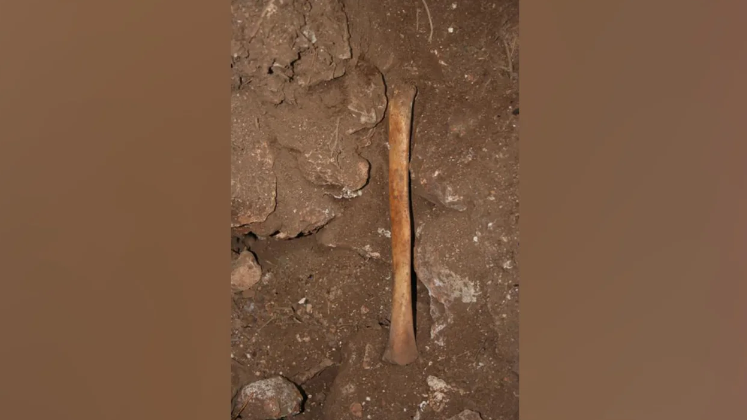
©J.C. Vera Rodríguez
Pre-reading questions:
- What do you think life was like for ancient people who lived thousands of years ago in different parts of the world?
- What kind of challenges do you imagine they faced in their daily lives?
Vocabulary:
- discovery /dih-SKUHV-uh-ree/
- aspect /AS-pekt /
- deliberate /dih-LIB-er-it/
- absence /AB-suhns/
- community /kuh-MYOO-ni-tee/
[noun] – the process of finding information, a place, or an object, especially for the first time, or the thing that is found
The discovery of the ancient artifacts in the cave was a significant find for archaeologists.
[noun] – one part of a situation, problem, subject, etc.
We need to consider every aspect of the problem before making a decision.
[adjective] – (often of something bad) intentional or planned
The deliberate destruction of the historical monument shocked the community.
[noun] – state of being away or not being present
Her absence from the meeting was noticed, as she is usually always punctual.
[noun] – the people living in one particular area or people who are considered as a unit because of their common interests, social group, or nationality
The community came together to organize a charity event for the local school.
Article reading:
This discovery not only reveals intricate prehistoric funeral customs in the region but also parallels similar findings in nearby caves dating back to around 4,000 BC in southern Iberia. While the reasons behind these practices remain enigmatic, researchers believe they may have aimed to preserve social memories and strengthen community ties. Intriguingly, the modifications seem to have been carried out by people who knew the deceased in life shortly after their demise. Cueva de los Marmoles emerges as a cultural hub across generations, shedding light on a captivating chapter in the region’s prehistoric history.
Comprehension questions
- What did scientists from the University of Bern discover in southern Spain?
- Where was the archaeological treasure trove that served as the focus of the study located?
- Why is it challenging to determine the precise function of the “skull cups”?
- According to the article, what do researchers believe might have been the purpose of these ancient practices?
- How does the discovery in Cueva de los Marmoles relate to findings in other nearby caves?
Discussion questions
- Have you ever visited a museum or historical site that left you wondering about the lives of people who lived long ago? If yes, please share your experience and what aspects of history intrigue you. If not, can you imagine how learning about ancient practices, like repurposing human remains as tools, might make you more curious about the past and how societies lived?
- Can you recall a time when you learned something surprising or unusual about ancient cultures or traditions from a book, documentary, or article? If yes, tell us about that experience and how it influenced your understanding of history. If not, how do you think discovering unique and complex funerary practices, as described in the article about the Cueva de los Marmoles, might change your perspective on ancient civilizations?
- Did you find the discovery of ancient humans repurposing skeletal remains as tools in the Cueva de los Marmoles intriguing?
- Why do you think the ancient people in the Cueva de los Marmoles chose to repurpose the skeletal remains of their deceased rather than leave them buried? What could be the cultural or practical reasons behind this practice?
- In light of the intentional post-mortem alterations found on the bones, such as fractures and scraping marks, what hypotheses can you formulate regarding the purpose behind these modifications? How might understanding the reasons for these practices enrich our knowledge of ancient societies?